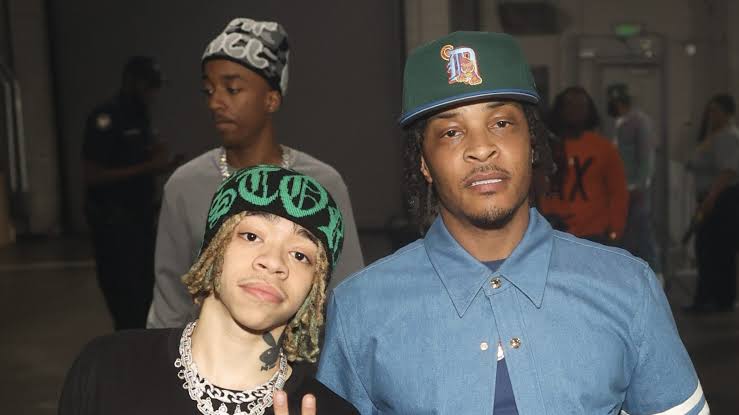Sagging, a style deeply rooted in hip-hop culture, has transcended its origins to become a controversial yet coveted element in high fashion. Emerging in the ’80s and ’90s, sagging began as a form of rebellion and self-expression within the hip-hop community. Youth across America adopted the trend, emulating their idols by wearing baggy pants that hung low on their hips. This cultural statement, however, took an unexpected turn in 2021 when Balenciaga introduced a $1,200 sweatpant designed with a faux sagging effect. The high price tag and designer label sparked outrage and debate, as the pants were perceived as commodifying a style born from marginalized communities.
Julian Randall, a writer and Black consumer studies Ph.D. candidate, reflected on the shift in perception. He noted that the introduction of sagging-inspired designs by high-end brands like Balenciaga forced a critical examination of how cultural appropriation operates in fashion. “The discourse around Balenciaga’s sagging sweatpants was eye-opening. It made me reconsider how sagging, originally a Black cultural statement, is now repackaged by luxury brands,” Randall explained.
The phenomenon has not been limited to Balenciaga. Other fashion houses, including Miu Miu and Hed Mayner, have also embraced this trend. Despite its rise in high fashion, the broader adoption of sagging has ignited discussions about cultural appropriation and respect. Non-Black celebrities, such as Justin Bieber and Billie Eilish, have been seen sporting sagging-inspired styles. Eilish’s choice, in particular, has been noted for its juxtaposition against her musical persona, raising questions about the authenticity and intent behind these fashion choices.
Historically, sagging has been linked to various negative connotations. Tanisha C. Ford, historian and author of Liberated Threads, noted that while the style was sometimes associated with prison culture, its origins remain complex and not definitively tied to incarceration. Fashion curator Darnell-Jamal Lisby suggested that sagging’s roots in prison culture were partly due to practical reasons—prisoners were given loose clothing without belts to prevent suicide attempts. This practical origin contrasts sharply with the trend’s current status as a fashion statement.
Also, read; Laeticia Amihere Breaks Ground as First Player of Ghanaian Heritage in the WNBA
The commodification of sagging by luxury brands contrasts sharply with its treatment in communities where it originated. In 2007, Ocala, Florida, enacted a law fining individuals who wore their pants too low, a measure that was repealed in 2020 after widespread criticism. This law, along with similar bans in other states, highlighted how sagging was disproportionately targeted and penalized in Black communities. Vice Mayor Chris Davis, who sponsored the repeal, acknowledged that such laws unfairly impacted young Black men, reflecting a broader issue of racial discrimination linked to fashion choices.
The evolving perception of sagging underscores deeper issues of cultural appropriation and respect. Julian Randall pointed out that luxury brands have long studied Black consumer trends, often only engaging with these styles once they become mainstream. “Brands leverage Black culture for its coolness and cultural relevance but often overlook the historical and social contexts,” Randall said.
Darnell-Jamal Lisby emphasized that the superficial adoption of Black cultural elements by the fashion industry reflects a broader failure to address and reconcile with Black history. “The global society struggles to reconcile with the history of Black people. This ongoing disregard leads to a superficial engagement with Black culture,” Lisby noted.
As sagging continues to be redefined by luxury fashion, it serves as a reminder of the complex interplay between cultural expression, appropriation, and commercialism. The trend’s journey from a symbol of rebellion to a high-fashion statement highlights the ongoing need for a deeper understanding and respect for the origins and significance of cultural styles.




